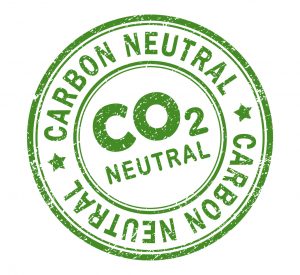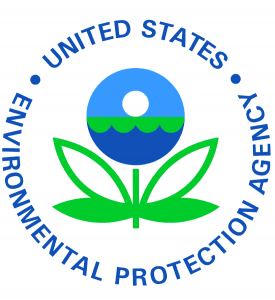Pillsbury colleague David F. Klein outlines four key points to keep in mind when reviewing various insurance policies during the coronavirus pandemic in the alert, “COVID-19 Insurance Checklist.”
OSHA’s Guidance on the COVID-19 Pandemic
As part of Pillsbury’s around-the-clock coverage of how the coronavirus pandemic is impacting the construction and real estate industry, colleagues Tom Van Wyngarden and Stephanie Angkadjaja offer key takeaways on OSHA’s guidance specific to the COVID-19 pandemic in “Workplace Safety in the Midst of a Pandemic.”
Will COVID-19 Permanently Shift the Balance between Work from Home and the Workplace?
On March 15, 2020, the Center for Disease Control and Prevention (CDC) issued formal guidance to combat the spread of the coronavirus by recommending against gatherings of 50 or more people for the next eight weeks (CDC guidance), which includes nearly every office building in America. Thus, began the most significant work from home experiment this country has ever seen. Continue Reading ›
Ten Key Issues Property Owners and Landlords Need to Consider in the Coronavirus Era
In “Real Estate Operations in the Coronavirus Era,” colleagues Rachel B. Horsch, Aimee P. Ghosh, Brian E. Finch and Amanda G. Halter highlight ten issues to assess risk and mitigate the COVID-19 outbreak for property owners and landlords.
A Decision to Keep an Eye On in South Carolina
On March 6, 2019, the South Carolina Administrative Law Court entered an order in Colonial Pipeline Co. v. South Carolina Department of Revenue, No. 18-ALJ-17-0443-CC, in which it held that a pipeline company’s assets may qualify for a property tax exemption for pollution control equipment of industrial plants under S.C. Code Ann. § 12-37-220(8). In his latest post on SeeSALT, Zachary T. Atkins examines this decision more closely.
Appalachian Trail Pipeline Case Argued before the Supreme Court
 On February 24, 2020, the Supreme Court heard the oral arguments in the case of U.S. Forest Service, et al. v. Cowpasture River Preservation Association, et al.
On February 24, 2020, the Supreme Court heard the oral arguments in the case of U.S. Forest Service, et al. v. Cowpasture River Preservation Association, et al.
On December 13, 2018, the U.S. Court of Appeals for the Fourth Circuit held that the Forest Service was not authorized by the Mineral Leasing Act to grant a pipeline right-of-way under the Appalachian Trail to the Atlantic Coast Pipeline involving a small stretch of the Appalachian Scenic Trail.
Oil Rigs, Reefs and the UKCS
There are more than 11,000 wells, nearly 600 platforms and 24,000 km of pipeline network on the UK Continental Shelf (UKCS). It is estimated that by 2025 more than 220 oil and gas production fields and their structures will be decommissioned. In his recent opinion piece, “Turning oil rigs into reefs: A missed opportunity,” colleague Chris Harrison discusses why the Gulf of Mexico’s “rigs to reefs” approach has not been adopted in the UKCS.
Los Angeles Continues Its Push to Find Carbon-Neutral Ground
 Carbon-reduction initiatives have begun to increasingly target the construction industry, particularly in light of data showing that buildings generate up to 40% of global annual greenhouse gas emissions. While the Federal Green New Deal remains stalled in Congress and states have been slow to spring into action, a number of cities have moved forward with climate proposals that include a shift toward carbon-free buildings.
Carbon-reduction initiatives have begun to increasingly target the construction industry, particularly in light of data showing that buildings generate up to 40% of global annual greenhouse gas emissions. While the Federal Green New Deal remains stalled in Congress and states have been slow to spring into action, a number of cities have moved forward with climate proposals that include a shift toward carbon-free buildings.
A Court-Side Seat: February in the Federal Appellate Courts
It’s been an active month in terms of recent environmental and administrative law cases decided by the federal appellate courts.
Highlights of the CLEAN Future Act Proposal from the House Energy and Commerce Committee
 The Chairman of the House Energy and Commerce Committee has released a “discussion draft” of the committee’s climate bill. The legislation is over 600 pages long, but the Committee has also released a summary of this legislation, which is entitled the Climate Leadership and Environmental Action for our Nation’s Future Act or the CLEAN Future Act. Here are some highlights.
The Chairman of the House Energy and Commerce Committee has released a “discussion draft” of the committee’s climate bill. The legislation is over 600 pages long, but the Committee has also released a summary of this legislation, which is entitled the Climate Leadership and Environmental Action for our Nation’s Future Act or the CLEAN Future Act. Here are some highlights.




